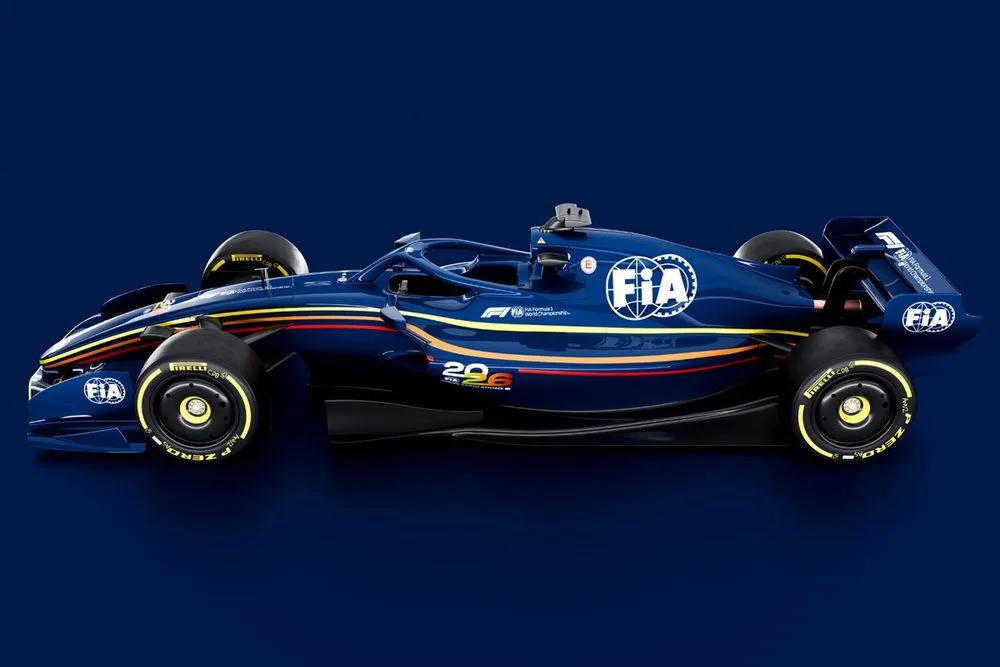In the wake of the FIA issuing its outline plans for the 2026 rules revamp earlier this week, a number of teams have expressed fears about numerous aspects of what is on the table.
Some of the worries surround the performance of the cars and their lack of downforce, with early simulation running suggesting they could be slower than F2 cars in the corners.
As McLaren team principal Andrea Stella said about the draft rules in Canada: “The cars are not fast enough in the corners and too fast on the straights.”
Furthermore, teams are not happy with how restrictive some of the rules make development – which risks minimising their own ability to make improvements.
But while the current draft regulations are to be put to the FIA’s World Motor Sport Council next week ahead of a likely ratification on June 28, the governing body has made it clear that it is open to working with teams to address any improvements that need to be made.
Speaking about the varied reaction that the FIA had had to the rules from teams and drivers, its single-seater director Nikolas Tombazis said: “The World Council discussion and hopefully approval is the first step.
“We are not in the final set of regulations yet and we do have quite a few things that we need to find and discuss with the teams. We are equally conscious of some of the concerns regarding downforce with the cars or straightline speed, and these are things that we class as refinements that still need to take place.
F1 2026 FIA car renders
Photo by: FIA
“So between, let’s say, the end of the month, when these regulations would hopefully be published, and the start of 2025 when teams can start aerodynamic development, because they cannot start earlier, we do expect a reasonable amount of extra work to be done in full consultation with the teams, with FOM and everybody else.
“Hopefully that will lead to some refinements that will be submitted to the World Council, maybe a bit later in the year and hopefully approved.”
Tombazis accepted that team concerns about the performance of cars being so slow based on the current state of the regulations were justified, but he said things would be very different when the 2026 cars eventually roll out.
“I think the fears are accurate, because people are taking a snapshot of what the regulations are on a piece of paper now, and are making comments on the basis of what they see,” he explained.
“I don’t have any concern about these…
Click Here to Read the Full Original Article at Motorsport.com – Formula 1 – Stories…

